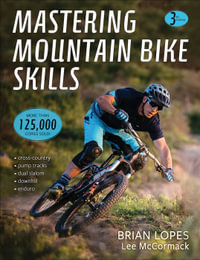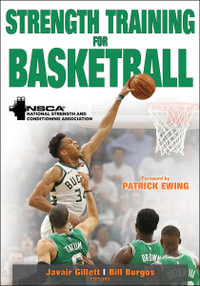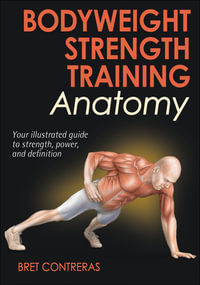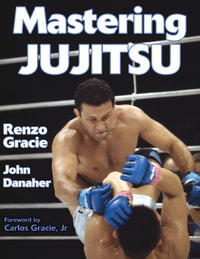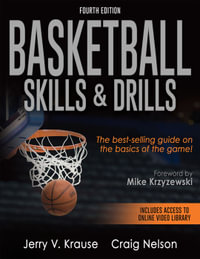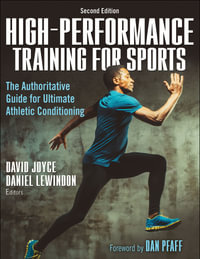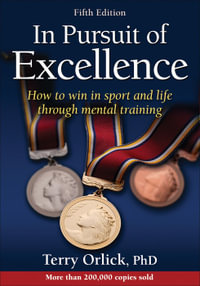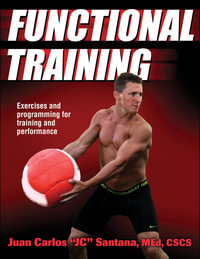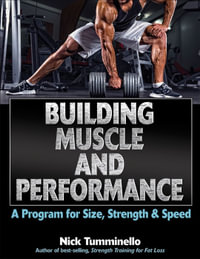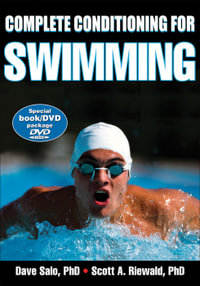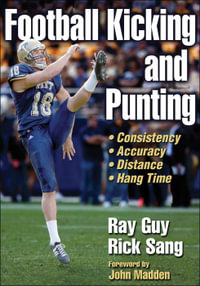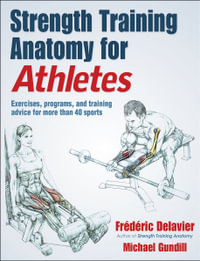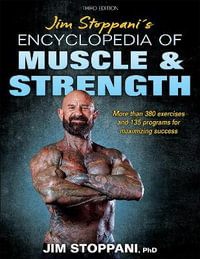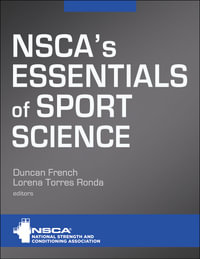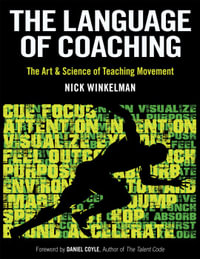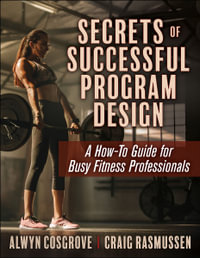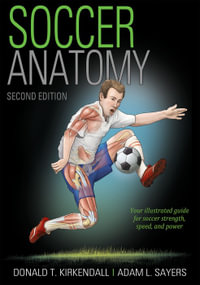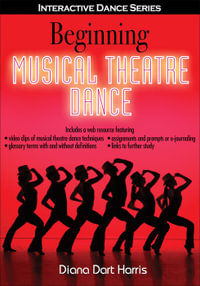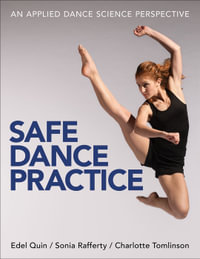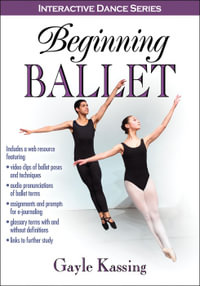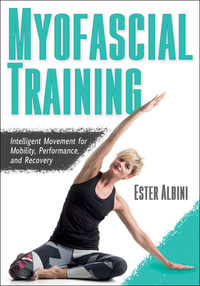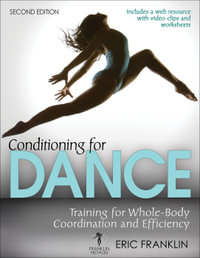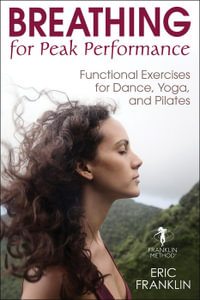Most people give little thought to how they breathe--but if they want to have more energy, be more alert, and improve their exercise and sport performance, they should, says renowned author, dancer, and movement educator Eric Franklin.
"Breathing is essential to our survival, it is necessary for energy production, and it is something we do about 20,000 times a day," says Franklin, who has taught at various universities and ballets and coached world champions and Cirque du Soleil artists in his Franklin Method. "We stand to benefit if we improve our breathing."
In Breathing for Peak Performance, you will learn how to improve your own breathing and the breathing of those you coach and work with. This concise, heavily illustrated text will help you do the following:
- Learn to improve your breathing function to benefit your health and improve your sport performance and daily living
- Understand the anatomy of breathing--all the muscles and joints involved and how they work together
- Practice 35 breathing exercises to improve functional breathing technique and performance in dance, yoga, and Pilates
- Study and train the vital muscle of breathing--the diaphragm--grasping how it interacts with the abdominal muscles and other muscles associated with breathing
- Comprehend the function and movement of the rib cage as it pertains to breathing
- Integrate all the elements involved in breathing, including the lungs and inner organs, for optimal breathing function
"The ideas and exercises in this book are tried and tested over 30 years of teaching, and they have been used by dancers, yoga practitioners, Pilates instructors, actors, vocal coaches, singing coaches, physiotherapists, swimmers, runners, and many others," says Franklin. "When you perform the exercises, you will feel more energetic, focused, and relaxed. You will also gain an understanding of how to integrate imagery into your breathing practice."
Franklin presents the exercises--many accompanied by full-color illustrations--through his famed Franklin Method, which combines movement, imagery, and touch. His method helps practitioners relearn, in this case, correct breathing procedure to maximize breathing function.
"To improve your breathing or to coach someone who needs to improve, first you need that solid understanding of anatomy," Franklin says. "And you need to understand the habits that can hinder efficient breathing--tension, poor posture, and negative thinking, among others."
Franklin presents a recommended daily practice at the end of the book, which is ideal for individuals, professionals, coaches, practitioners, and students of dance, yoga, and Pilates. His detailed description of the anatomy, his presentation of the exercises, and his ability to integrate this information and make it very practical through his Franklin Method make this text an important reference for those who are looking to reach their peak performance in sport and in life.


